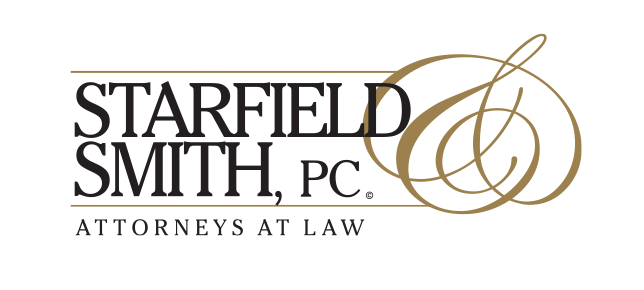The SBA’s credit elsewhere test underpins the 7(a) loan program. Accordingly, failure to comply with the SBA’s credit elsewhere requirements may subject a lender to a denial of the SBA guaranty as well as a possible enforcement action by the Office of Credit Risk Management.
To comply with the SBA’s credit elsewhere requirements, which appear on pages 83-84 of SOP 50 10 5(I), “[t]he lender must determine that: (a) The Small Business Applicant is unable to obtain the loan on reasonable terms without a Federal government guaranty, and (b) Some or the entire loan is not available from any of the following sources: i. Non-Federal sources; or ii. The resources of the applicant business.”
The SBA requires that a lender must specifically identify and explain the factors reviewed in making its determination that the loan is not otherwise available on reasonable terms from any of the above-named sources; a “check-the-box” method of documentation when addressing credit elsewhere will not meet SBA’s standards. Acceptable credit elsewhere factors include: (a) needing a longer maturity than the lender’s policy permits, (b) exceeding the lender’s policy for lending no more than a certain amount to one customer, (c) failure to meet the lender’s collateral policy requirements, and (d) the lender normally does not allow loans to new businesses or specific industry applicants. While there is some leeway for other factors in the credit which can not be overcome “except for the guaranty,” any such factors must be specifically documented and, in our view, they must compellingly demonstrate, from the Borrower’s perspective, why other financing on reasonable terms was not available.
For more information about the SBA’s credit elsewhere requirements, please contact Janet at 267-470-1189 or at jdery@starfieldsmith.com.




Comments are closed.